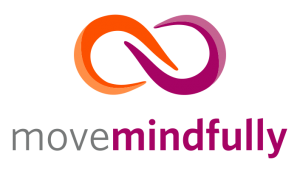1. Know…
- Know your goals.
- Know who should be involved in the process and how they can best proactively and constructively affect an outcome.
- Know the technical aspects of how to use public participation strategies or tools.
2. Public participation is two-way communication.
3. The public can best effectively participate if they are well informed about alternatives and their consequences.
4. Public participation initiatives will not always produce a consensus decision.
5. Even if people are not entirely satisfied with the outcome, they will consider it fairly derived, if they have had an honest opportunity to influence:
- How the questions were posed.
- Which alternatives were considered.
- How alternatives were evaluated.
- What adjustments were made along the way.
6. Feedback to citizens is vital. People need to know how their input affected the decision that is eventually made.
7. Public participation and public relations are two entirely different things.
8. Doing public participation without full integrity is worse than not doing it at all.
9. A public participation program must provide opportunities to involve all those affected.
10. It is more important that a public participation event be widely promoted than widely attended.
11. Although consensus is an unlikely outcome, it is important that you strive for it in a very transparent way.
12. Public participation is done best when it is done throughout the decision-making and policy-making process- especially before a policy or decision has been drafted internally.







